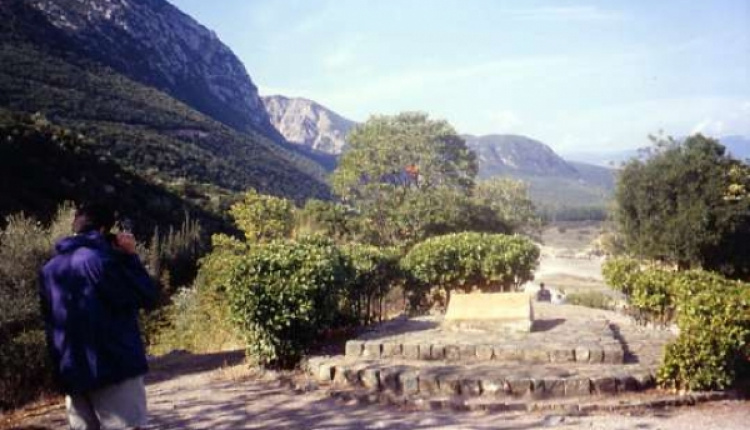Thermopylae (Hot Gates)
- by XpatAthens
- Wednesday, 18 February 2015

One of the most famous battles in history was fought at Thermopylae in 480 b.c. when the Persian king Xerxes attempted to conquer Greece. To this day, historians speculate on how different the world might have been if Xerxes had succeeded and Greece had become merely a small part of the vast Persian Empire.
If you find yourself on the Athens-Thessaloniki Highway, keep an eye out for the larger-than-life statue of the Spartan king Leonidas, about halfway through the 6.4km-long. Pass of Thermopylae that snakes between the mountains and the sea.
The pass is the only easy route from the north into Central and Southern Greece, and if the Persians made it through the pass, Greece could be theirs. The statue of Leonidas, the man who did most to stop the Persian advance, marks the battlefield.
When Xerxes invaded Greece in 480 b.c. with about 100,000 men, soldiers from almost every city-state in south and Central Greece rushed to Thermopylae to try to stop the advancing Persian army. The 6,000 or so Greek soldiers might have succeeded in holding the narrow pass of Thermopylae had not a traitor told the Persians of a secret mountain path that allowed a party of Persians to infiltrate the pass and outflank the Greeks.
Ordering the main Greek force to retreat south, Leonidas and his 300 Spartans, along with several hundred other Greek soldiers with the certain knowledge of immanent death, stood and fought a critical delaying action at Thermopylae. This gave the main Greek force time to retreat south to regroup, reinforce, and fight another day. When the fighting at Thermopylae was over, Leonidas and his men lay dead, but the Spartan king had earned immortal fame for his heroism.
In 2007 the story was retold in the Hollywood hit 300. The name Thermopylae (Hot Gates) refers to the warm springs that bubbled here in antiquity, when the pass was considerably narrower than it currently is, now that centuries of silt have built up the seashore. Many of Thermopylae's springs have been partly diverted to spas, such as Kamena Vourla. Unfortunately, overdevelopment has seriously undercut the former charm of the nearby seaside towns. If you want a quick look at some of the springs, look for plumes of smoke after you park near the statue of Leonidas. If you don't see plumes, follow your nose: The smell of sulfur is strong.
Source: Frommer’s Greece



